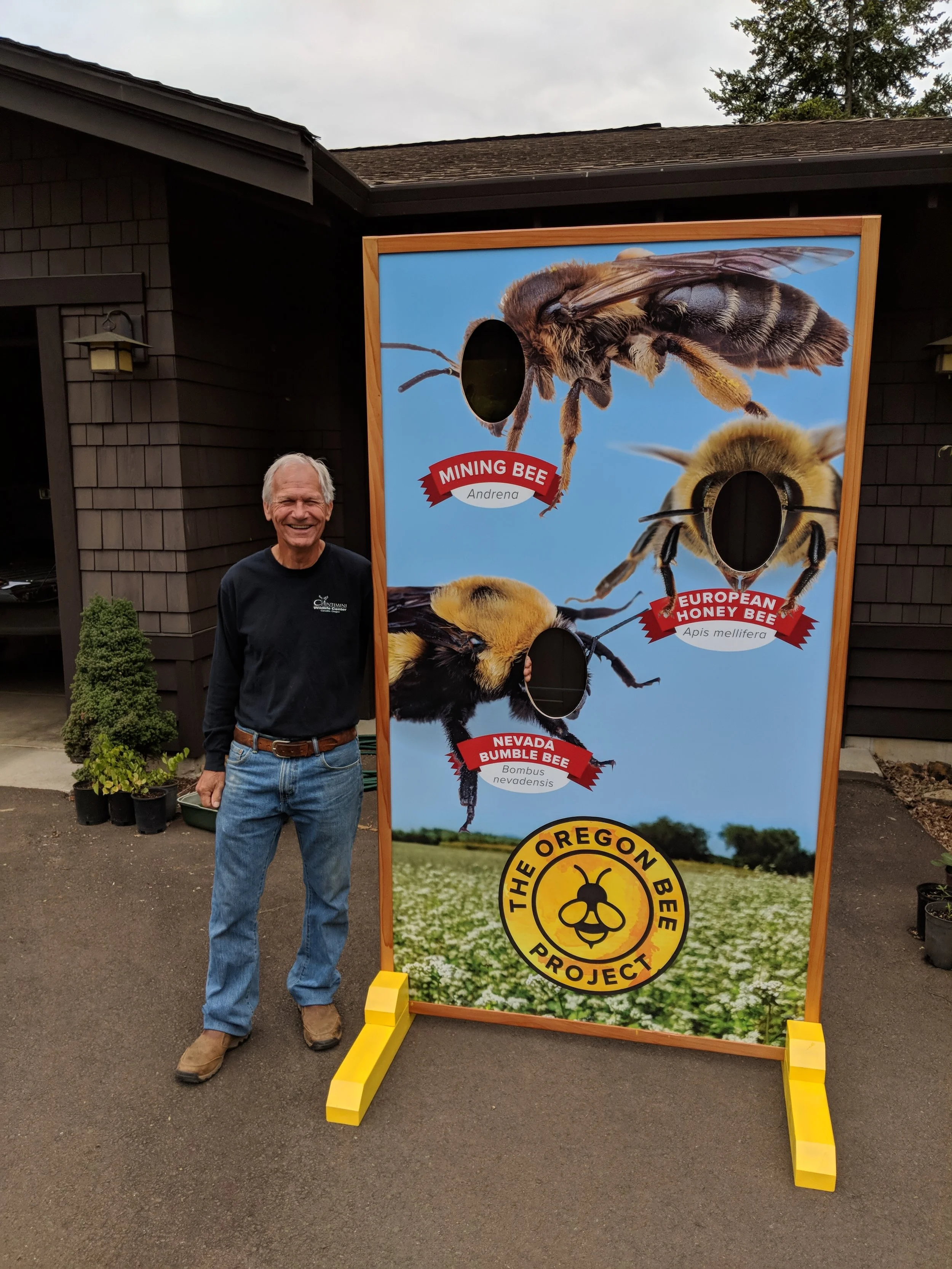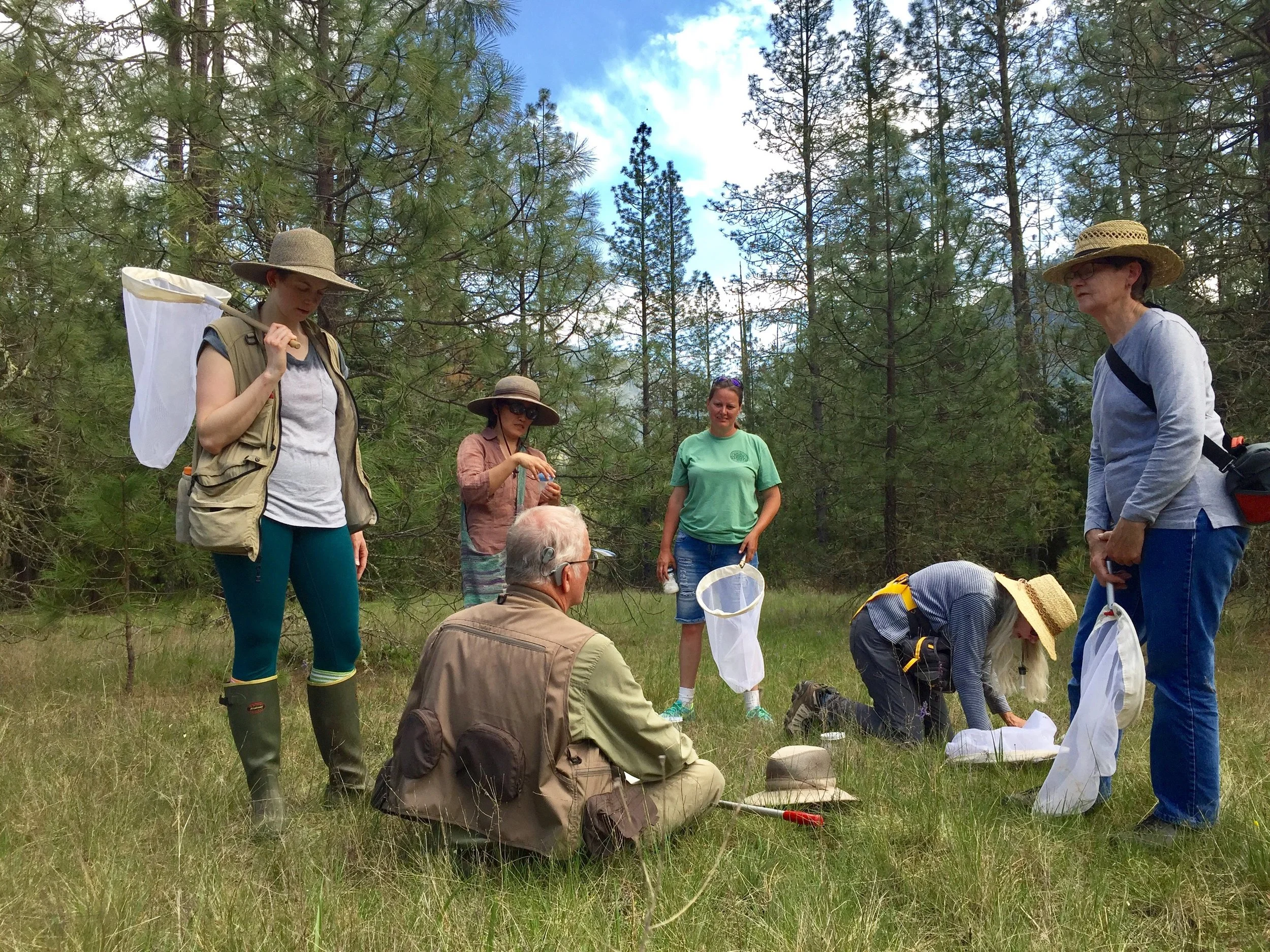This week on the Round-Up: Reminder of tomorrow's webinar and willow updates.
Roundup: March 9
1. Webinar: Tips on Curating Your Bees - Lincoln Best
Last week we did our second webinar, featuring Lincoln Best showing us some of the specimens you curated in 2018 and some tips to follow in 2019. View the video at this link:
https://media.oregonstate.edu/media/t/0_59vmi43h
We may have a webinar next week with Rich Hatfield of the Xerces Society (stay tuned), but for sure we will be hearing from Jerry Paul on Wednesday March 20th on how to use iNaturalist.
2. What is your iNaturalist ID?
As many of you might have heard - either through the training or at the Members Meeting - we are no longer using the three letter collector codes. That’s good news for those of you who use iNaturalist, as you won’t have to enter this code each time you make an observation.
To help us transition to the new system, can you please look up your iNaturalist user name. You can do this using your desktop and logging into iNaturalist - on the phone you should see your username when you go to settings. Next fill out this 15 second form:
https://www.oregonbeeproject.org/inaturalistsurvey
3. Willow Watch
Willows are just starting to open this week, with open willow flowers seen down on the south coast. Elsewhere, buds are still tight and the pussy-willows are not yet visible. If you are subscribed to the Atlas Facebook page, please share images of the state of the willows around you to help other teams gauge the progress of bloom.
Roundup: February 27
1. 2019 COUNTIES COUNTING OREGON BEE ATLAS MEMBERS MEETING
We held our first ever Oregon Bee Atlas members meeting on 16 February 2019. A big thank you to the Atlas Advisory Committee for developing proposals for the members.
Here are the proposals for 2019 advanced by the Atlas Advisory Committee.
Here is a video recording of the session (along with the afternoon session with Sam Droege).
Discussion on the proposals raised the following issues for members:
Lead Taxonomist Linc Best let members know there were significant efficiencies associated with taking incoming collections and sorting them into a large master collection. This would mean that people would not likely get the bees back that they collected. Members responded that this would be fine as long as they received specimens back (for reference and educational collections) that were of species that would be found in their region.
In response to Missy Martin’s communication proposal there were two points raised regarding team organization. The first is that there should be people in each County that could shadow team leadership roles, to enable them to pitch in when someone is busy and to train new leadership. Chris Marshall also articulated the need to have someone to communicate with in each County with respect to the museum. There was also discussion of how to create team cohesion in small locations (e.g., Myrtle Point) where we have very few members.
In response to Joe Engler and Michael O’Loughlin’s proposal for core sampling activities, there was some interest in locating sites that might be of high collection value. Joe emphasized that the locations for the three core activities should be convenient as they are functioning as a way to train new volunteers in their first year. Also there was a concern about pinning bees the day they were caught, and Joe emphasized this is possible but requires a properly charged killing jar.
In response to Jerry Paul’s proposal on record keeping, there was discussion over whether labels should be sent to one point person and distributed. Andony responded that perhaps there is a limit (e.g., 100 specimens) above which we would send labels directly to volunteers.
Chris Marshall requested that volunteers send him requests for the Interactive Bee Atlas, that will enable users to view records online as they are accessioned into the Atlas. He said that these requests should be articulated in the form “as a user of the Interactive Bee Atlas i need…” [email Chris Marshall: Christopher.Marshall@oregonstate.edu]
2. OUTSTANDING BEES?
Oregon Bee Atlas taxonomist is sad. Why? He has all the bumble bees pulled out of your collections and is waiting to work through them, but he doesn’t want to get started until he has all the bumble bees from 2018. Please contact Andony Melathopoulos - Andony.Melathopoulos@oregonstate.edu - if you still have bees to submit for 2018. At this point we are most interested in relatively large collections of over 100 bees. We realize that some people received labels late, so just email us and let us know the status of these bees. Any bees received later will still be worked on, but they may not be assessed until the 2019 bees are in (i.e., so no biggie).
3. BEE ATLAS WEBINAR
We held our first Bee Atlas Webinar last week on building effective County Teams.
Our next webinar will be on Tuesday March 5 at 4pm (not March 6 as promised). It will either be a webinar with Linc Best reviewing how to properly pin and curate your bees. To join the webinar live log on on Tuesday using the following two options:
On your computer, click the following link: https://zoom.us/j/132949135
On your phone, dial 720 707 2699 and enter the meeting ID: 132 949 135
After that, our next webinar will be March 20 at 4pm with Jerry Paul on using iNaturalist.
Roundup: February 4
Roundup: January 26, 2019
Roundup: December 30, 2018
Roundup: December 16, 2018
October 14th, 2018
August 5th, 2018
July 22nd, 2018
We apologize for the hiatus on the weekly blogs. We hope to be back on track now that Bee School and Oregon Pollinator Week are now done.
1. THIS MONTH IN PICTURES
For the past month there have been a lot of calls to the Oregon Bee Project about bumble bees nesting in places that cause a nuisance for homeowners. Atlas member Steve Gomes saw an opportunity and offered to relocate the colonies to his "bumblebee haven". Moreover, he is not charging for this service but is requesting people make a donation to the Oregon Bee Project. On so many levels this is a good idea. Great work Steve!
The mighty Lincoln County team has "rolled up its sleeves" and come up with a logo and a motto in Latin "no bee left behind". Awesome!
Yamhill County hosted one of twenty events during Oregon Pollinator Week. It was a great turn out an featured the work of the Oregon Bee Atlas.
Another great Ed Sullivan picture. Atlas taxonomist Lincoln Best pegged this as a male Heriades (a resin bee - which should also be attracted to the trap nests).
2. SPECIMEN LABELS (UPDATE)
Here are three consecutive labels for Gorge Atlas team member Pam Arion. All three labels are from Pam's 25th sample collection event (indicated in bold on the fourth line). The number before '25' (i.e., '18') indicates the year (i.e., to differentiate the 25th sample event in 2018, from the 25th event in 2019). The number after '25' (i.e., either '1', '2' or '3') signify the specimen number (i.e., Pam caught 3 bees on sample event '25' and each bee gets its own label.
People who attended Bee School will have collected labels for their groups this week. The labels are from all information submitted from notebooks or uploaded to iNaturalist up to 6 July 2018.
NOTE: Send any additional notebook pictures to us as soon as possible so we can keep our undergraduate - Addison - busy (she works on the notebooks once per week). If you are loading records up using iNaturalist there is no need to also email records to us - this will happen automatically.
When you receive your labels, trim off the excess paper but be careful not to cut off any of the information. The label should be pushed up the pin just below the specimen and the length of the label should line up with the length of the specimen.
Once you have your location labels on your specimen you can then move the bees around and group them into what is commonly termed 'morophogroups', or groups of bees that look similar (i.e., similar size, color and shape). Once bees are in groups you can start to work on their taxonomy.
Please let us know if you are missing your labels and we will get them out this week. Also check over your labels carefully and let us know if there are any errors.
3. DIRECT ENTRY OF RECORD INFORMATION (GOOGLE DOCS)
Over the past few weeks we have streamlined how we pull records into to build your labels. As mentioned above, either submitting pictures of your notebook or uploading records through iNaturalist are options for getting your information to us to make your labels. During Bee School some of you wanted a third option - a way to actually enter data into spreadsheets for us. For those of you interested in this option, here is a link to where the spreadsheets live (they are Google Docs) and below that a video on how to enter data in.
https://drive.google.com/drive/folders/1eEosWQmAlXMYRcDF25I7S5IDIrPOCzz3
4. THE FUTURE... of the Atlas.
We had some candid discussion about next steps for the Atlas at the Corvallis Old Spaghetti Factory during Week 1 of Bee School. We identified a few things that have not gone smoothly in our first year of the Atlas:
- What's Next: There was a lot of confusion about what happens after the summer. Will people come out and identify everyone's bees? Will the bees all be accessioned into the Oregon State Arthropod Collection? What about expanding the Atlas to other Counties?
- Communication: People mentioned that early on we seem to have many ways of communicating with one another (e.g., secret Facebook group, email listserve, weekly blogs). These different modes were identified as confusing. Most people agreed that the Weekly Roundup was the best method of communicating, so we will be sticking with this option moving forward.
- Supply Problems: Volunteers expressed frustration around getting supplies into their hands. There is a form for indicating supplies, but there is a disconnection between getting things on the supply list and having it show up in your County.
- Labels: Why has it taken so long to get labels in our hands?
Out of this discussion came the following ideas:
- Atlas Advisory Committee. Everyone agreed it would be a good idea to have a small group of people develop some proposals for how the Atlas will develop over the next four years. These proposals might range from anything from the development of protocols, to educational priorities, to funding strategies.
- Annual Atlas Summit. Sarah Kincaid raised the idea of a two day Atlas Summit in the winter. The Summit would comprise of a keynote speaker, an afternoon business meeting (where the Advisory Committee pitches its proposals for the upcoming year) and a second day to provide taxonomic training (e.g., covering one of the genera in detail to species).
- Streamlining Supplies. ODA recently received a big order of supplies. We will come up with a more efficient system for taking your orders and getting them back to you.
- Determining Specimens. We are looking for advice from the Advisory Committee, but one proposal was to have all the groups spend the fall trying to determine their bees, at least to the level of genus and then have a crew go through these bees and provide a 'mark' on how many bees people got correct. This proposal would not only provide a way to help you learn your bees, but could provide us data on where the taxaonomic difficulties are with our group. More to come...


























